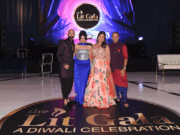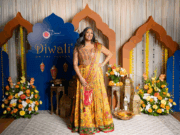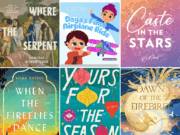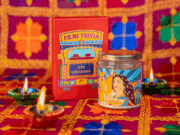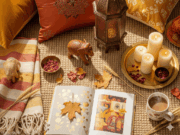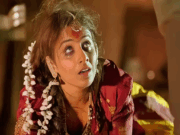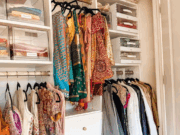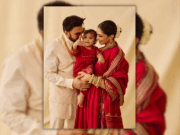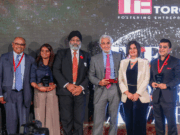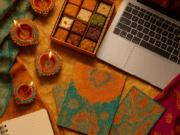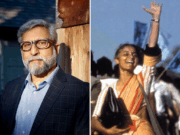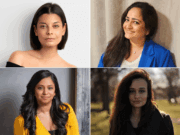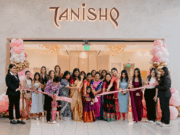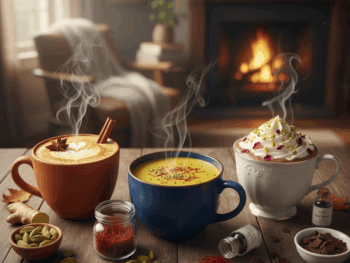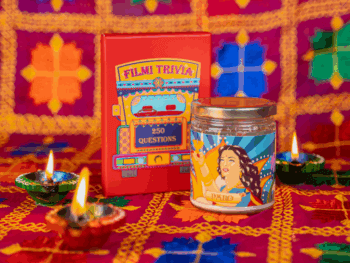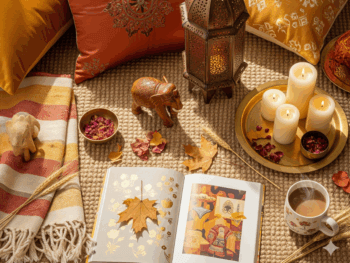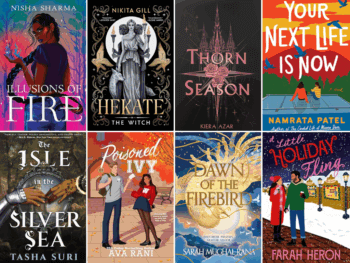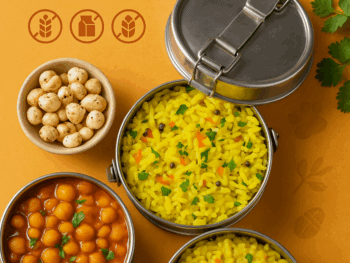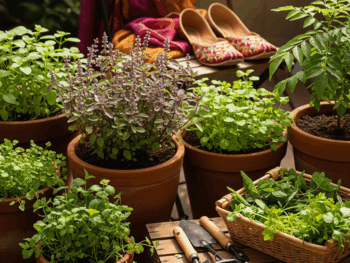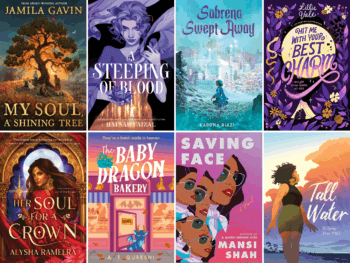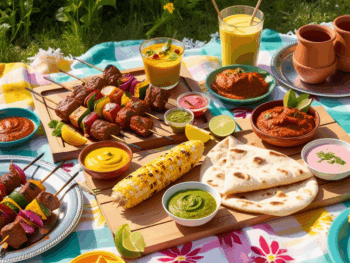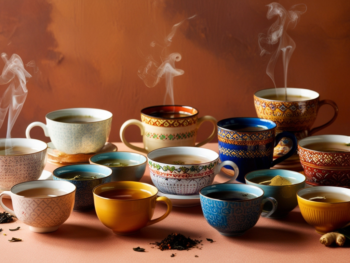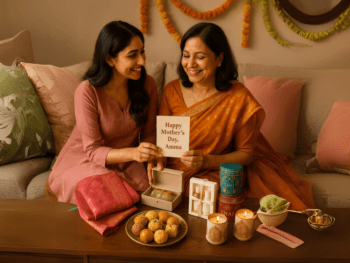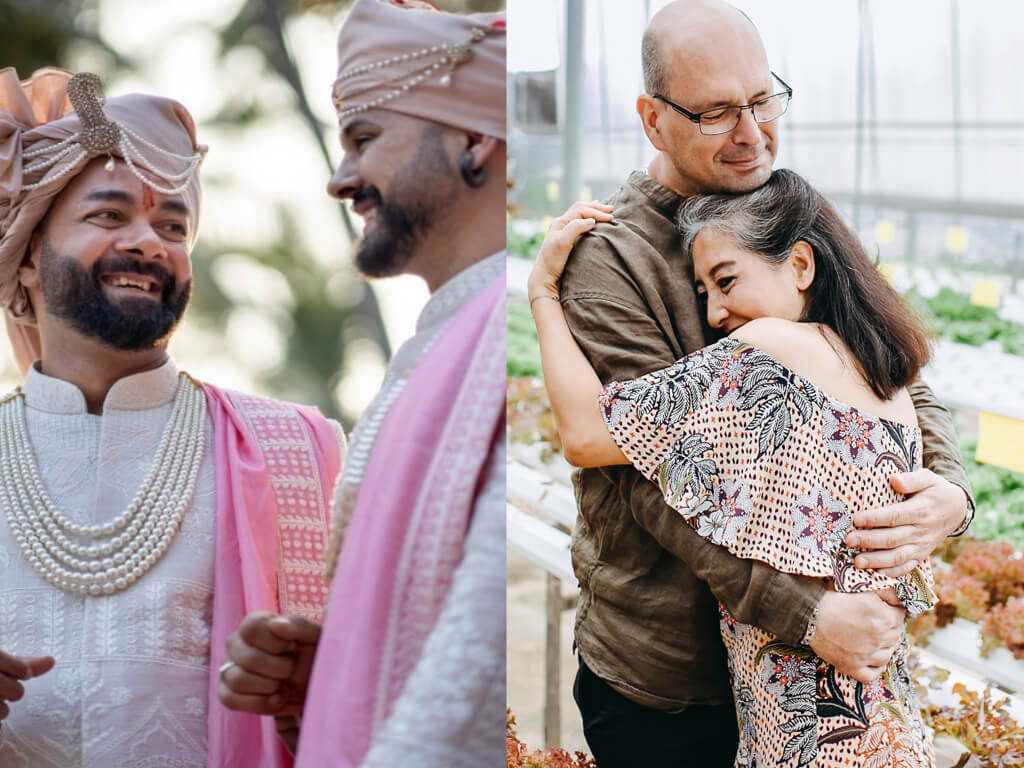
South Asian Heritage Month 2022: From LGBTQIA+ Rights To Senior Dating, How Our Culture Is Becoming More Inclusive
Lifestyle May 09, 2022
In our ongoing series celebrating South Asian Heritage Month, we take a look at inclusivity in the South Asian space. Many cultures are guilty of upholding outdated and often, patriarchal ideologies, even when we think we have adapted to current modern views. The South Asian community is no different. As crazy as it seems, change is possible, however incremental it may be. That said, it is exciting to see that the combination of time and awareness have had a positive effect in breaking down rigid stereotypes and expectations for certain groups within the South Asian community, such as the LGTBQIA+ community and seniors who are looking for love. These wins demonstrate that our culture has come a long way and although there is still more work that needs to be done, we are definitely moving in the right direction. And that is something to celebrate.
Check out how things have changed, for the best, for certain South Asian demographics:
Workplace Benefits:
According to Deccan Herald, some companies, such as India Inc. are introducing benefits, “…such as menstrual leaves, gender-neutral parental offs and even payment for nanny services,” along with initiatives to help women who have not worked for an extended period, with the aim of decreasing “…the gender gap in its workforce and become more inclusive.” More women than ever have stopped working entirely over the last five years, especially during the pandemic, which has caused the “…labour participation rate [to drop] from 46% to 40%],” notes Deccan Herald. Benefits such as these are very important as they seek to create opportunities for women to participate in the workforce while having their needs met.
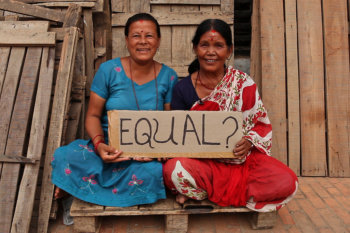
Single Women:
Today, there are certainly still hurdles that single South Asian women face. For example, within the South Asian community single women are looked down upon and seen as bad influences, and they are often viewed as being “…only career-oriented, sexually promiscuous, lonely and desperate, defective goods, and anti-men and anti-marriage.” Meanwhile, when trying to navigate society, there are limitations that are embedded both legally and unofficially that women face. For example, according to The Week, single women in India face “…legal and normative barriers in accessing and owning property and other assets besides accessing basic services such as education and health,” like being told who they can and cannot have at their residence. That said, while there are barriers for single women being seen as untarnished individuals, the real estate industry sees the potential in this demographic as they have more buying power. For instance, “…women contribute to nearly 74% of real estate buying decisions. This includes 32% of home buying by single women across the top eight cities [in India].” In fact, some developers are actively targeting female “…home buyers and exclusive offers are presented for single women home buyers in a project.” It is interesting to note that in India, “there was a 39 percent increase in the number of single women – widows, never-married, divorced, abandoned – from 51.2 million in 2001 to 71.4 million in 2011,” reports Your Story. These stats indicate that women are taking ownership of their lives to be single and blazing their own trails, despite what they’re supposed to be doing, according to the South Asian community, and that is empowering.
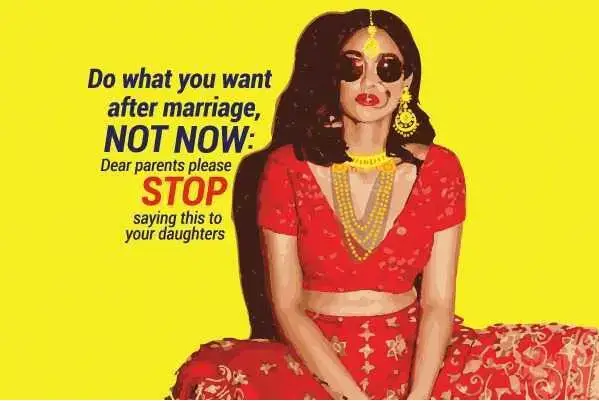
LGBTQIA+ Advances:
Marriage is already a touchy subject in the South Asian community that is weighed down by certain expectations. It is one thing to be a single individual that identifies as straight, but it is a whole other story when you’re South Asian and identify as part of the LGBTQIA+ community. According to BBC, “coming out in a South Asian family is weighted with worries of being disowned, of parents fearing their children won’t be accepted in the community and missing out on marriage and grandchildren, and of social stigmas and discrimination gay people often face across the world.” However, there is growing representation of South Asians within the LGBTQIA+ community, which serves to educate families and normalize what it means to embrace your true self. For example, infamous people such as Lilly Singh, Tan France, and Jameela Jamil have all come out, which can provide courage for individuals who are struggling with their telling their families about their sexuality or even coming to terms with it themselves. As well, BBC documentaries, such as Emergence: Out of the Shadows can provide education for families who are seeking to understand more about the LGBTQIA+ community. As well, it is important to note that in some areas of South Asia, such as in India, where “in September 2018, the Supreme Court of India decriminalized private and consensual same-sex activity between adults,” according to Global Voices. While couples cannot legally get married, they can be together, which is a step in the right direction. That said, the increased representation and education about what it means to identify with the LGBTQIA+ community, particularly as a South Asian, will continue to normalize the perceived ‘otherness’ that comes along with this. Changes in this arena may be slow, but they are happening, and that is worth rejoicing.
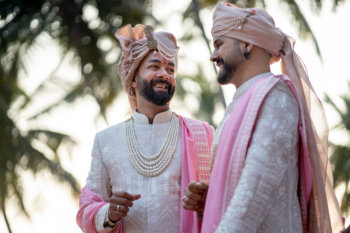
Discussing Sexuality:
In South Asian culture, female sexuality, reproduction or bodies, in general, is not something that is openly discussed. Instead, women are made to feel ashamed of their natural bodily functions, such as menstruation and are viewed as being unclean. As well, despite being told to dress a certain way and act in a manner that will allow them to be viewed in the ‘right’ way, young women are not allowed to understand their bodies or sexuality. In this sense, according to New Lines Mag, “South Asian women grow up under a sexualized gaze from a very young age— often with little authority in the matter [and are simply told to] “just do whatever your husband says.”” However, shows such as “Bombay Begums” are blowing the lid off of these much-needed conversations as it “…openly discussed the realities of sex work, menopause and exploring sexuality in India,” notes New Lines Mag. In addition, the uptake of single women within the South Asian community indicates that women are not interested in continuing to adhere to gender norms. In fact, some women are seeking in vitro fertilization (IVF) and adoption to have children on their own, rather than subjecting themselves to being with the wrong partner. In fact, the government began to support single Indian women who are interested in adopting, which is an exciting step. India Today explains that “a committee set up under the Union ministry of women and child development (WCD) decided to give financially stable single women above the age of 40 years a date seniority of six months when they registered for adoption.” All in all, while sexuality continues to be a taboo topic in the South Asian community, pockets of conversation and action are starting to happen that are changing the game.
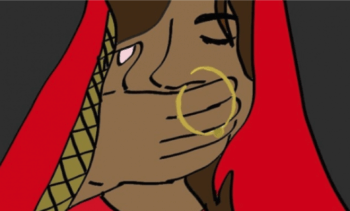
Senior Dating:
There are approximately “…15 million elderly Indians [that] live alone and three-quarters of them are women” according to CNN. The general expectation is that divorced Indian women, particularly older adults, are supposed to remain alone. However, that is no longer the case as there are now senior dating websites, such as SilverSingles and Mingle2, along with agencies like Happy Seniors, where individuals can find a companion. There are certainly barriers for seniors, particularly for women who face a myriad of double-standards when it comes to finding another partner, in that it’s acceptable for a man to remarry or move on after marriage, but that’s not the case for women. In addition, while seniors may find companions or live with each other, it is not typically acceptable for them to get remarried, at least not for women. According to Anokhi Life, these couples may “…instead, have a ceremony to “…exchange garlands, [which provides] social validation [and it] is an acknowledgment of their partnership” ahead of moving in with one another to avoid the stigma of ‘living in sin.’ Many seniors also opt out of marriage to avoid any legal repercussions, for example, if they were set to “inherit their [former] partner’s property” or if they were getting payments, for or from their previous spouse, explains CNN.” While there are some hurdles for seniors to navigate when looking for companions, the fact that these dating applications or agencies exist is promising. This is because it indicates that seniors, both men and women, are looking to cast aside what they’re supposed to do and they’re saying to hell with the detrimental concept of “Log Kya Kahenge (What will people say)” to find their happiness.

Supporting Divorcees:
It is common knowledge in the South Asian community that divorce is not an option. This is corroborated by a low divorce rate across the South Asian community. For example, in India the “…divorce rate…stood at 1%,” according to the Economic Times. Rather than face the shame of getting a divorce, which is particularly gruelling for women, who are then labelled as damaged and find it difficult to find another partner, many couples stay together and engage in an invisible divorce. In this case, although “…couple is legally married, the partners no longer share the emotional or physical intimacy as they once did, their lives tend to proceed in parallel with one another, resembling the relationship between co-workers or roommates,” notes Ed Times. Of course, this is a best-case scenario, in which couples can be amicable. That said, today, despite the stereotypes and hardships they may face from their families and the South Asian community, at large, women are saying enough is enough and seeking divorces. These efforts are being encouraged “…Through standup comedies, spoken word poetry, Instagram accounts and support groups,” explains the Economic Times. Support groups are especially important for women going through divorces as they are often ostracized by the South Asian community and their families, so they have nowhere to go for emotional support. Today, there are a number of support groups for divorcees, such as Worthy Women & Divorced and Happily Divorced. These groups create “…a safe space for women contemplating divorce, wanting to discuss the legal status of their separation or seeking comfort,” highlights the Economic Times. The fact that more South Asian women are choosing to get divorced, as opposed to staying in loveless or abusive marriages to avoid disappointing their families is cause for celebration. This is because women are choosing themselves and tossing the patriarchal expectations they’ve been burdened with upholding out the window. I won’t pretend that the road will be easy for divorced South Asian women, but there is hope and support for life after divorce, which illustrates that they will be able to thrive, despite what people say, with time.
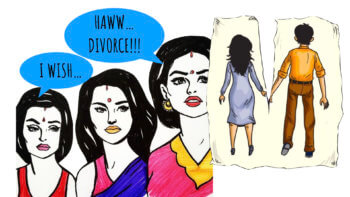
All of these changes over the years demonstrate that the South Asian community is ready to move away from what they’ve been told they’re supposed to do. The fact that pockets of people are challenging the norms, may inspire others to act upon their own ideas of change. While change is never easy, these examples demonstrate that with small steps, it is possible and that is crucial to recognize and applaud.
Main Image Photo Credit: www.pinknews.co.uk
Devika Goberdhan | Fashion Editor
Author
Devika (@goberdhan.devika) is an MA graduate who specialized in Political Science at York University. Her passion and research throughout her graduate studies pushed her to learn about and unpack hot button issues. Thus, since starting at ANOKHI in 2016, she has written extensively about many challe...






